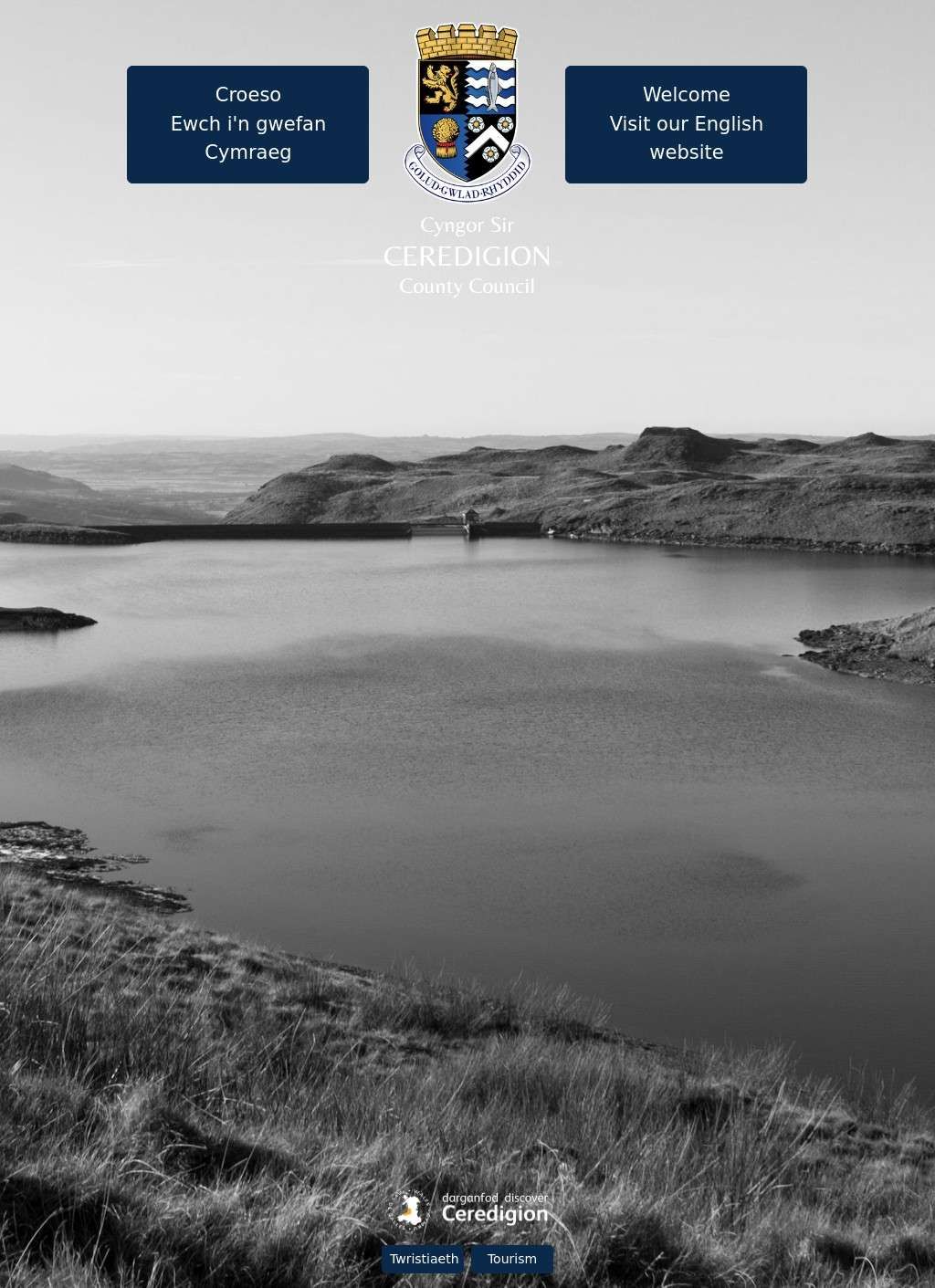Ceredigion County Council stands as the principal administrative body for what many locals still fondly call Cardiganshire. The council operates from multiple locations across the county, with its headquarters based in Aberaeron's modern Neuadd Cyngor Ceredigion building. Since taking over from Dyfed County Council in 1996, the authority has maintained a steady hand in managing this largely rural Welsh county's affairs.
The council's remit stretches across 688 square miles of Welsh countryside, serving just over 71,000 residents. That makes Ceredigion the second most sparsely populated county in Wales, which brings unique challenges in service delivery. From maintaining mountain roads to ensuring school transport reaches remote farms, the council's operations reflect the distinctive character of this coastal and rural region.
Education remains one of the council's primary responsibilities, overseeing both Welsh-medium and English-medium schools throughout the county. The authority manages 47 primary schools and 5 secondary schools, with a strong emphasis on bilingual education that reflects the area's Welsh-speaking heritage. Around 45% of the county's population speaks Welsh, and the council actively promotes the language through its educational policies and everyday operations.
Social services form another crucial arm of the council's work. Teams based in Aberystwyth, Cardigan, and Lampeter provide support ranging from child protection to elderly care services. The council runs several care homes and day centres, while also coordinating with private providers to ensure adequate coverage across this geographically challenging county. Rural isolation presents particular difficulties for elderly residents, and the council has developed innovative outreach programmes to address these needs.
Planning and development control operates through the council's planning department, which balances the need for economic growth with protecting Ceredigion's stunning natural environment. The county includes part of the Pembrokeshire Coast National Park and numerous Sites of Special Scientific Interest. Applications range from single rural dwellings to larger developments in the main towns, each requiring careful consideration of local impact and Welsh planning policy.
Environmental services encompass everything from waste collection to coastal protection. The council manages recycling centres in several locations and operates a comprehensive kerbside collection service that reaches even the most remote properties. Beach management along the 50-mile coastline includes maintaining Blue Flag standards at popular beaches like New Quay and Aberystwyth. The authority also oversees flood defences, particularly important given the county's extensive river systems and coastal exposure.
Highway maintenance presents ongoing challenges in a county where narrow lanes wind through hills and valleys. The council maintains over 1,500 miles of roads, from the A487 coastal route to tiny tracks serving isolated farms. Winter gritting operations require careful planning, with strategic salt stores positioned throughout the county. Bridge maintenance adds another dimension, with numerous historic structures requiring specialist care.
The council's democratic structure includes 42 elected councillors representing 34 electoral divisions. Following the 2022 elections, Plaid Cymru holds the largest number of seats, though the council operates under a coalition arrangement. Council meetings alternate between Welsh and English, with full translation services provided. Public participation gets encouragement through regular consultation exercises and community councils that provide a local voice in decision-making.
Financial management has required careful balancing in recent years. Like all Welsh councils, Ceredigion faces budgetary pressures from reduced government funding and increasing demand for services. The authority's annual budget exceeds £150 million, with the largest portions going to education and social services. Council tax levels remain relatively modest compared to more urban areas, though this reflects lower property values rather than generous funding.
Digital services have expanded significantly, with many council functions now accessible online. Residents can pay council tax, report problems, and apply for services through the council's website. The authority has invested in improving broadband connectivity across the county, recognising that digital access is essential for rural communities. The customer service centres, known as Clic, provide face-to-face support in Aberaeron, Aberystwyth, Cardigan, and Lampeter for those who prefer personal interaction.
Looking ahead, the council faces several strategic challenges. Climate change impacts, particularly coastal erosion and flooding, require long-term planning and significant investment. The authority has declared a climate emergency and committed to becoming net carbon zero by 2030. Economic regeneration remains a priority, with efforts to support traditional industries like agriculture while encouraging new sectors such as renewable energy and digital businesses to establish themselves in the county.
